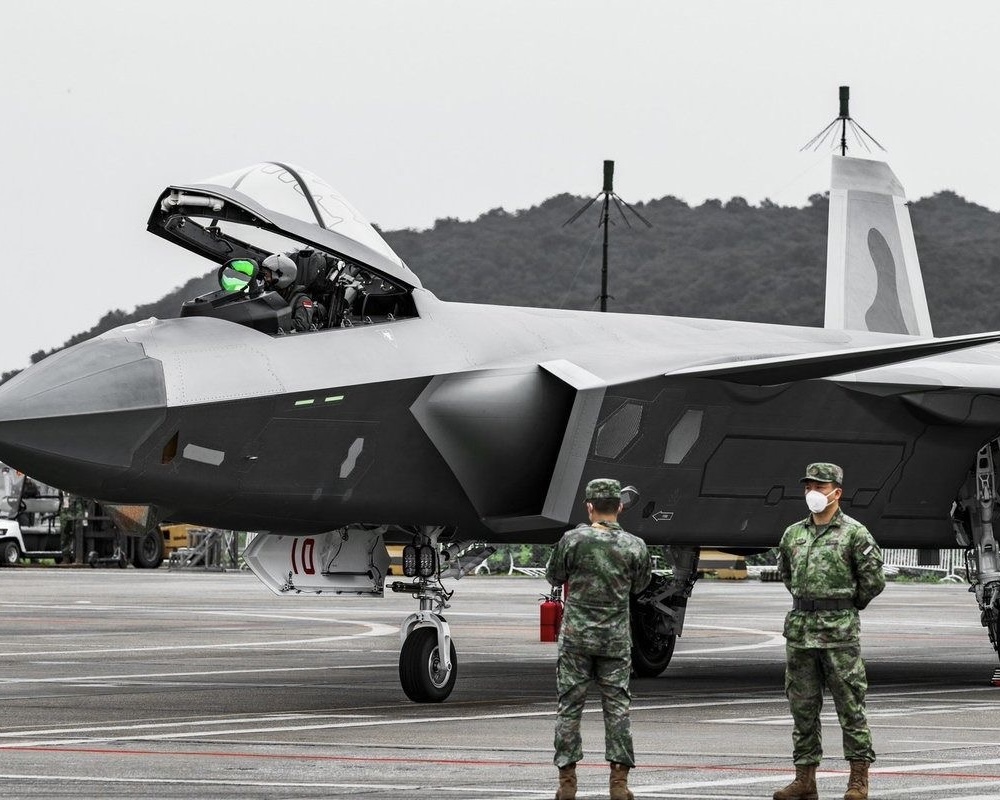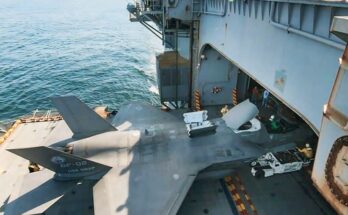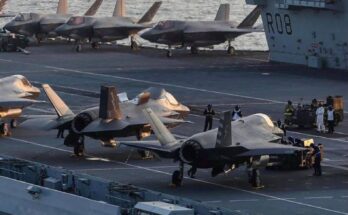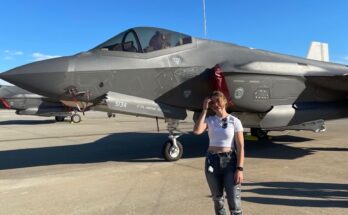
The Chengdu J-20, also known as the “Mighty Dragon,” represents China’s most advanced step into the field of fifth-generation fighter aircraft. Developed by the Chengdu Aerospace Corporation, the J-20 was designed to compete with the world’s most sophisticated fighters, such as the American F-22 Raptor and F-35 Lightning II. Its introduction into the People’s Liberation Army Air Force (PLAAF) marks a major shift in the balance of air power in Asia and signals China’s determination to establish itself as a global aerospace leader.
First unveiled to the public in 2011 and officially commissioned in 2017, the J-20 combines stealth, long-range capability, and modern avionics. Its airframe features sharp angles and a blended fuselage, minimizing radar cross-section and making detection more difficult. Large forward canards and canted vertical stabilizers also contribute to its aerodynamic agility, while the aircraft’s overall size suggests it was built with range and payload capacity in mind.
One of the most notable aspects of the J-20 is its focus on stealth technology. Radar-absorbent materials, edge alignment, and an internal weapons bay reduce the aircraft’s visibility to enemy systems. Unlike earlier Chinese fighters that relied heavily on Russian design influences, the J-20 demonstrates a more original approach, though it is widely believed that Beijing integrated knowledge gained through extensive research, espionage, and reverse engineering.
The jet’s operational role has been the subject of considerable debate. While some argue it is optimized for air superiority, others believe its range and payload make it better suited for long-range strikes against high-value targets, such as surveillance aircraft, refueling tankers, or even command centers. This versatility gives China new options in both offensive and defensive scenarios.
Powering the J-20 has been one of its most challenging aspects. Early models reportedly used Russian AL-31F engines, which limited performance. China has been developing its own WS-10C and WS-15 engines, aiming for greater thrust and supercruise ability—the ability to sustain supersonic flight without afterburners. If successful, this would bring the J-20 much closer in capability to the American F-22.
In terms of avionics, the aircraft is believed to carry an advanced active electronically scanned array (AESA) radar, electronic warfare systems, and infrared search-and-track sensors. These systems allow the J-20 to track and engage targets while maintaining a high degree of situational awareness. The internal weapons bay can house long-range air-to-air missiles such as the PL-15, designed to engage targets at distances greater than many Western counterparts.
The arrival of the J-20 has strategic implications well beyond China’s borders. For regional powers like Japan, India, and South Korea, the Mighty Dragon represents a new challenge in maintaining air defense. For the United States, it signals that China is no longer decades behind in advanced aviation technology. While questions remain about its true combat effectiveness, the J-20 undeniably strengthens the PLAAF and reshapes the military landscape in Asia.
In conclusion, the Chengdu J-20 is more than just a fighter jet; it is a symbol of China’s growing technological confidence and military ambition. As improvements in engines, stealth coatings, and avionics continue, the aircraft is expected to play a central role in China’s long-term defense strategy, ensuring its place as one of the defining fighters of the 21st century.


